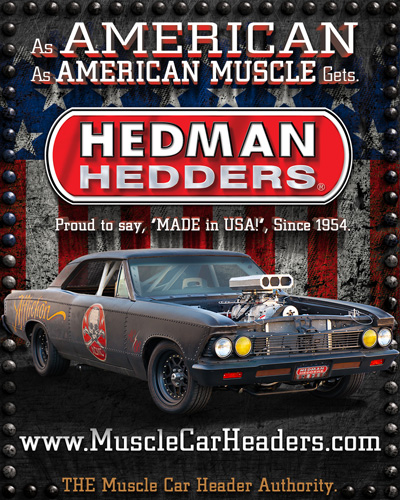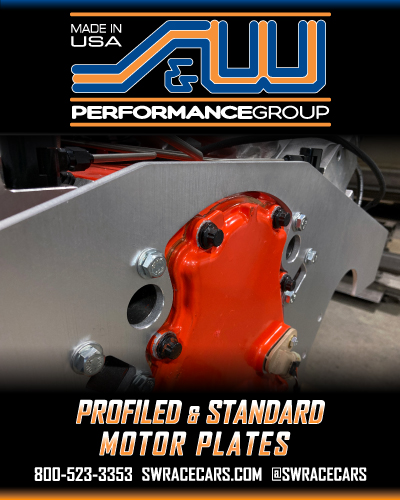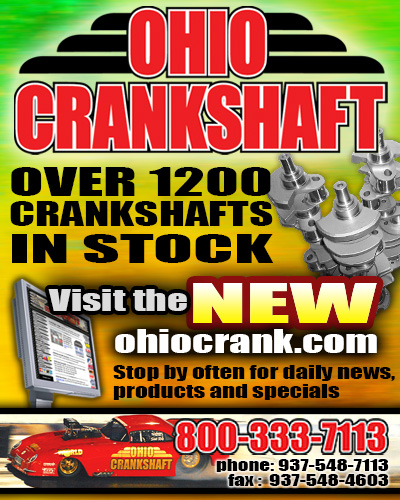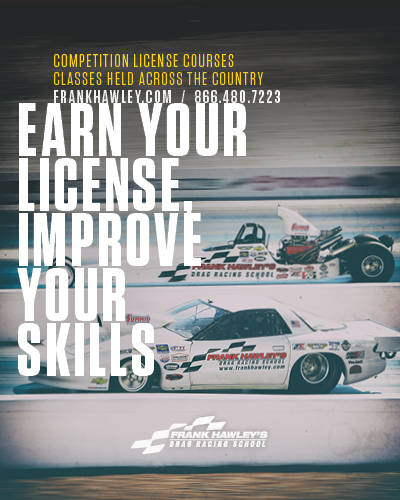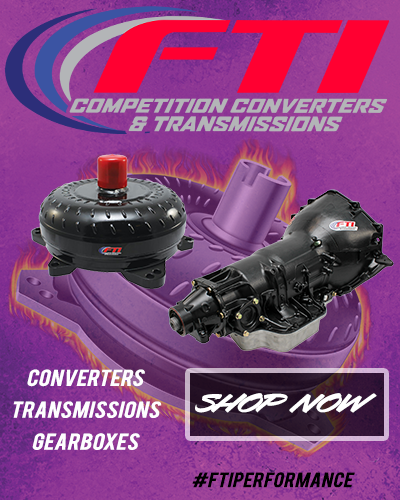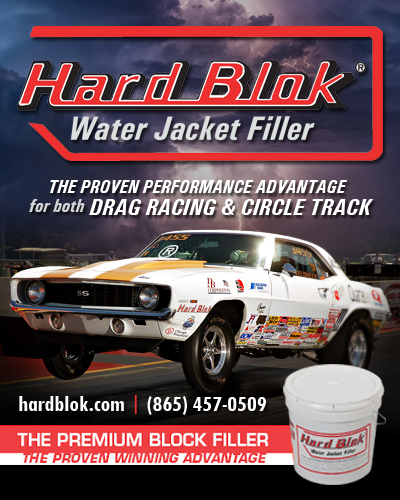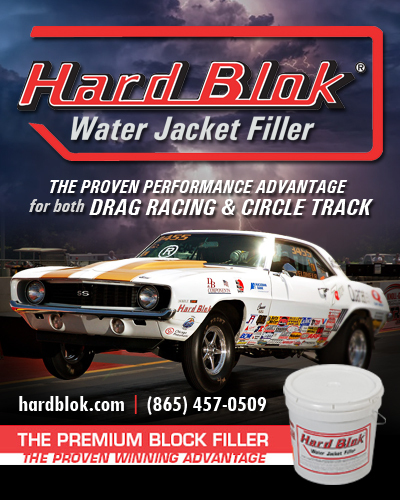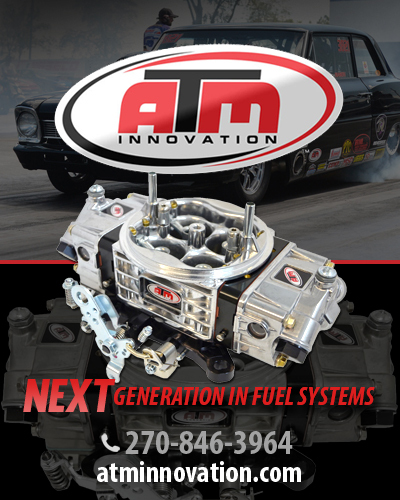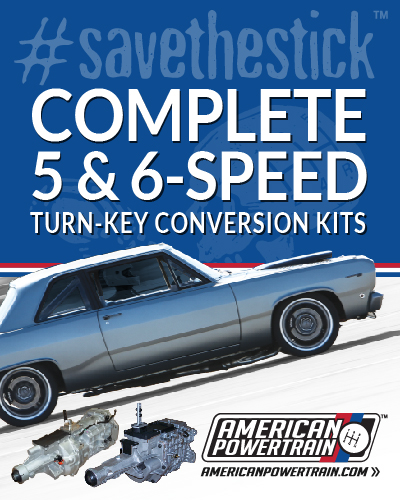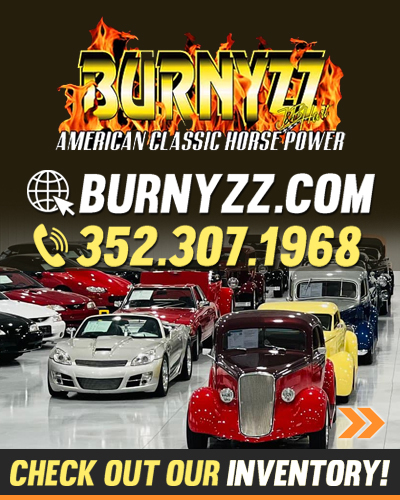THE TOD MACK MEMOIRS: THE BIRTH OF THE US PRO STOCK OPEN
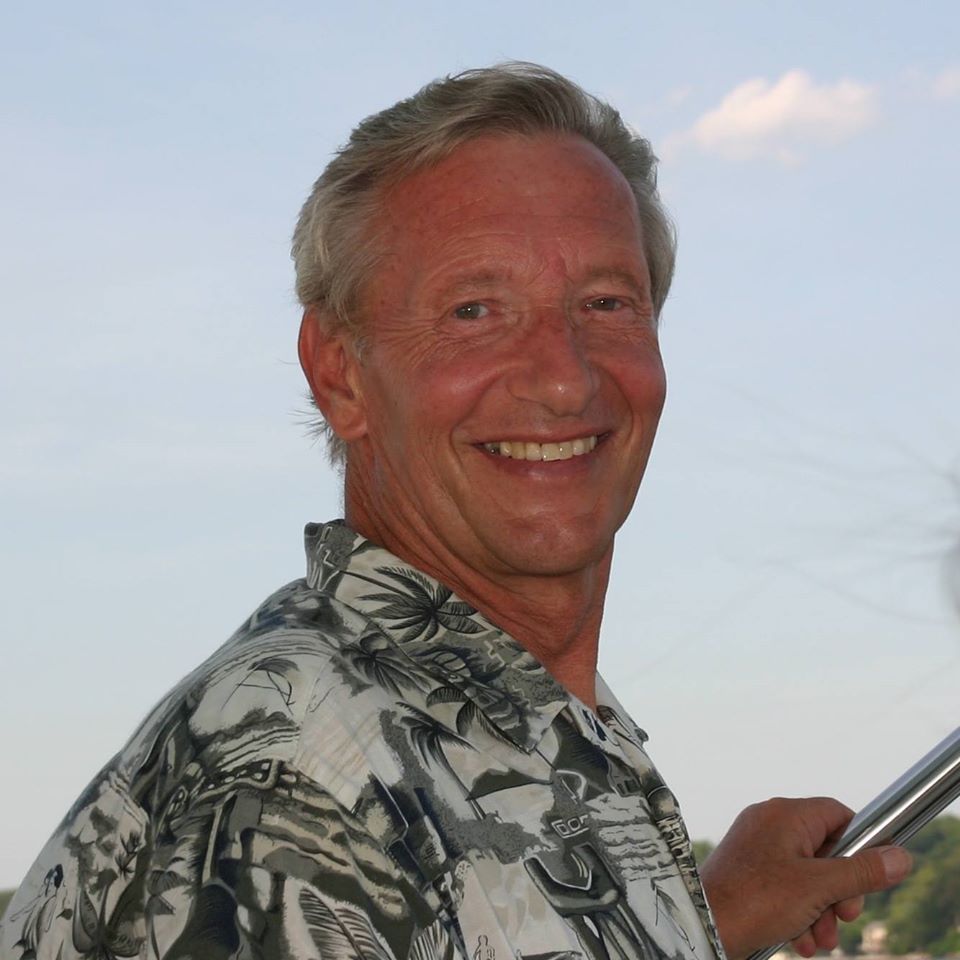 Tod Mack, a former owner of Maryland international Dragway, had his fingerprint on many promotions and innovations from the heralded facility located in Budds Creek, Md.
Tod Mack, a former owner of Maryland international Dragway, had his fingerprint on many promotions and innovations from the heralded facility located in Budds Creek, Md.
Mack, whose promotional home runs included the US Pro Stock Open, Mountain Motor Nationals, and The Wild Bunch, solidified his name in the ranks of significant drag racing contributors.
Mack was the first to use a pairings ladder based on qualifying times for the nitro cars when he ran the NASCAR Drag Race Division in the 1960s. Tod and Larry, along with Lex Dudas and Mike Lewis, created the ET Bracket Finals program in the early 1970s, which the group finally turned over to NHRA after a few years. MIR was the winner of the Inaugural event held at York US 30 Dragway. All in all, Tod Mack owned or operated six tracks over his career, and MIR fans benefited from his decades of experience.
In addition to the more successful promotions, Mack and longtime partner Larry Clayton introduced the world to the first four-wide fuel Funny Car match (almost four decades before Bruton Smith did the same thing in Charlotte). Then there was the wacky “Dragzacta,” which allowed fans to take part in pari-mutuel betting on weekly bracket races as they would at a horse track.
Mack was involved in a lot of drag racing.
Today, Mack has shared his memoirs with CompetitionPlus.com recalling his in drag racing. His latest offering focuses on the famous US Pro Stock Open, held annually at Maryland International Raceway.
***
The biggest risk we ever took at Maryland International Raceway turned out to be one of the biggest hits we ever had and, arguably, one of the biggest independent races in the country. THE US PRO STOCK OPEN held on a Monday night in July consistently played to turn away crowds for many years and featured just about anybody who was anybody in Pro Stock racing. It was a huge gamble and one that had everyone in my office convinced that I went nuts, but I had a feeling that this could be big.
Here’s the true story of how the event came to be, My partner Larry Clayton and I attended a track promoters conference in New Jersey in November of 1973, that eventually moved to the hotel bar in the evening. The promoters were sitting having drinks. Most were trying to see who could tell the biggest lies about their tracks. I think it’s safe to say that drag racing promoters, as a whole, may not have been the most astute businessmen in those days. Many of the discussions about how to make money in the business at those meetings bordered on insanity.
Tracks were just beginning to install good lighting systems that allowed for night racing, and on that evening, the discussion gravitated to an argument over what was the best night to hold a race. I presume they meant Friday, Saturday or Sunday because no-one offered a case for anything else. After about an hour of this dead-end discussion, the question was posed to me for an opinion. I thought about it for a minute and answered that this was a ridiculous point because if you had the right show and did the proper promotion for it, it didn’t matter when you ran an event. Any day of the week would work.
The comment drew immediate laughter from the group and a particularly sharp remark from a nearby track operator who said “That’s just what we need…another f-ing nut in this business.” I was stunned for a moment by the barb and retorted that I meant what I said and that maybe the slinger of that barb just wasn’t a real promoter and only knew how to follow the herd.
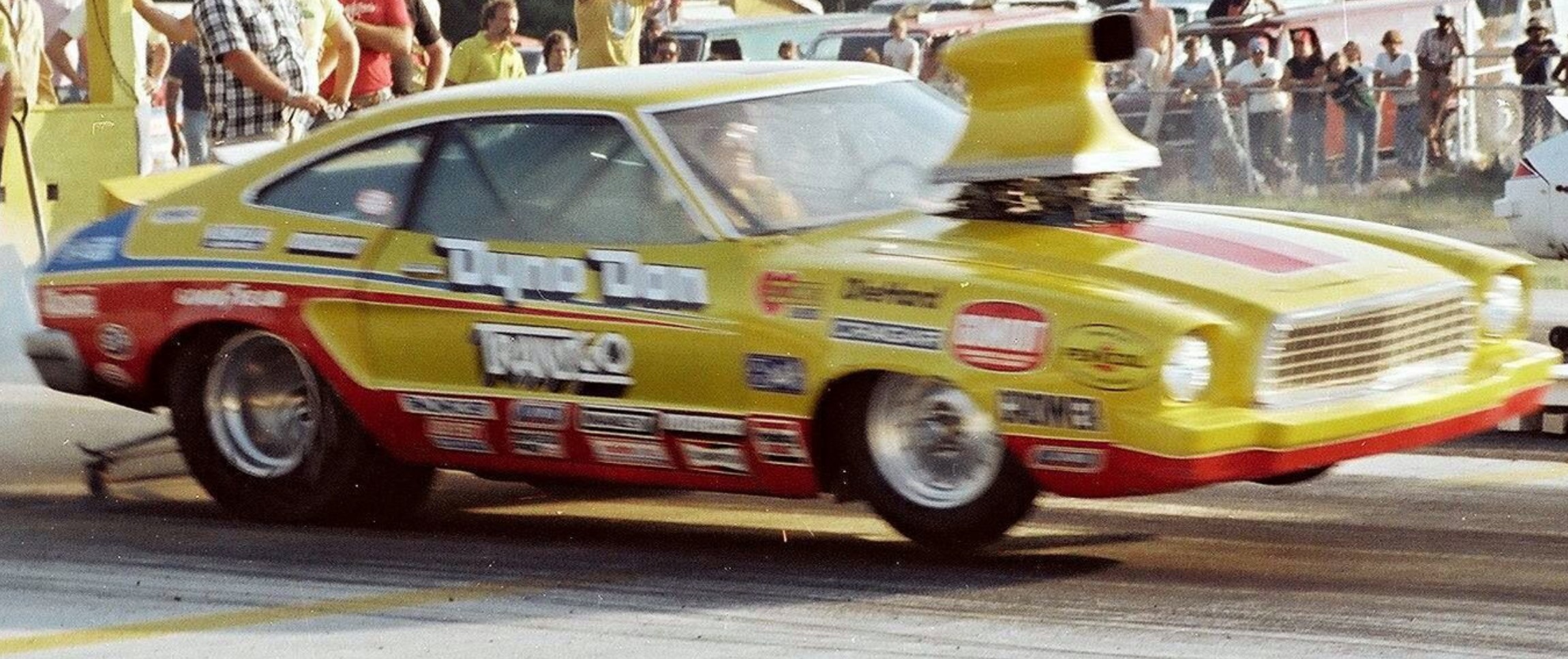 For some stupid reason (maybe the scotch and waters Larry kept bringing me) I added “Pick a night. I’ll promote a race and fill the stands.” The other promoter quickly came back with “Monday night, smart ass.” My reply was ‘You’re On’ or something to that effect. Now I was in trouble, I put my foot in my mouth and hoped everyone would just forget about the incident, As I recall Larry had stepped out of the bar for a moment and didn’t hear the conversation and I wasn’t sure if I should tell him. I didn’t think he would take it well and we would have some sort of “discussion” about it. I went to my room later that night thinking about what had happened and began to realize that maybe my statement wasn’t so crazy after all. I think I stayed up most of that night hatching a plan that had the potential to be a whopping success — or at worst would probably break even if I was wrong.
For some stupid reason (maybe the scotch and waters Larry kept bringing me) I added “Pick a night. I’ll promote a race and fill the stands.” The other promoter quickly came back with “Monday night, smart ass.” My reply was ‘You’re On’ or something to that effect. Now I was in trouble, I put my foot in my mouth and hoped everyone would just forget about the incident, As I recall Larry had stepped out of the bar for a moment and didn’t hear the conversation and I wasn’t sure if I should tell him. I didn’t think he would take it well and we would have some sort of “discussion” about it. I went to my room later that night thinking about what had happened and began to realize that maybe my statement wasn’t so crazy after all. I think I stayed up most of that night hatching a plan that had the potential to be a whopping success — or at worst would probably break even if I was wrong.
Here was my goofy plan. We were very successful at the time promoting Pro Stock match races and small-time “Invitational” races that featured one or two big-name drivers. We limited the promotions to one or two big names because they were commanding top dollar appearance money on weekends. The stiff competition among tracks for the good dates was driving prices up even higher. Where were all those guys on Monday nights during those barnstorming days of drag racing? Sitting in cheap motels with no place to go — that’s where they were!
THEN THE EUREKA MOMENT. I was just chatting at length earlier in the evening with the Napp brothers from Raceway Park in Englishtown, NJ, whom I respected as top-notch promoters. We were discussing, among other things, their hugely successful NHRA SummerNationals held every year in mid-July. Every Pro Stock driver in the country would be there, only about 4 hours away from me. Where would they be the next day? Cheap Motels. What would it take to get them to drive to MIR in Budd Creek, MD the next morning? My guess was that a moderate winners purse, some reasonable qualifying money, and plenty of phone calls and salesmanship would work. And I was encouraged more when I thought of the enormous success of the new Monday Night Football phenomenon and the way the idea was ridiculed by some sportswriters when it was announced. Why not Monday Night Drag Racing???
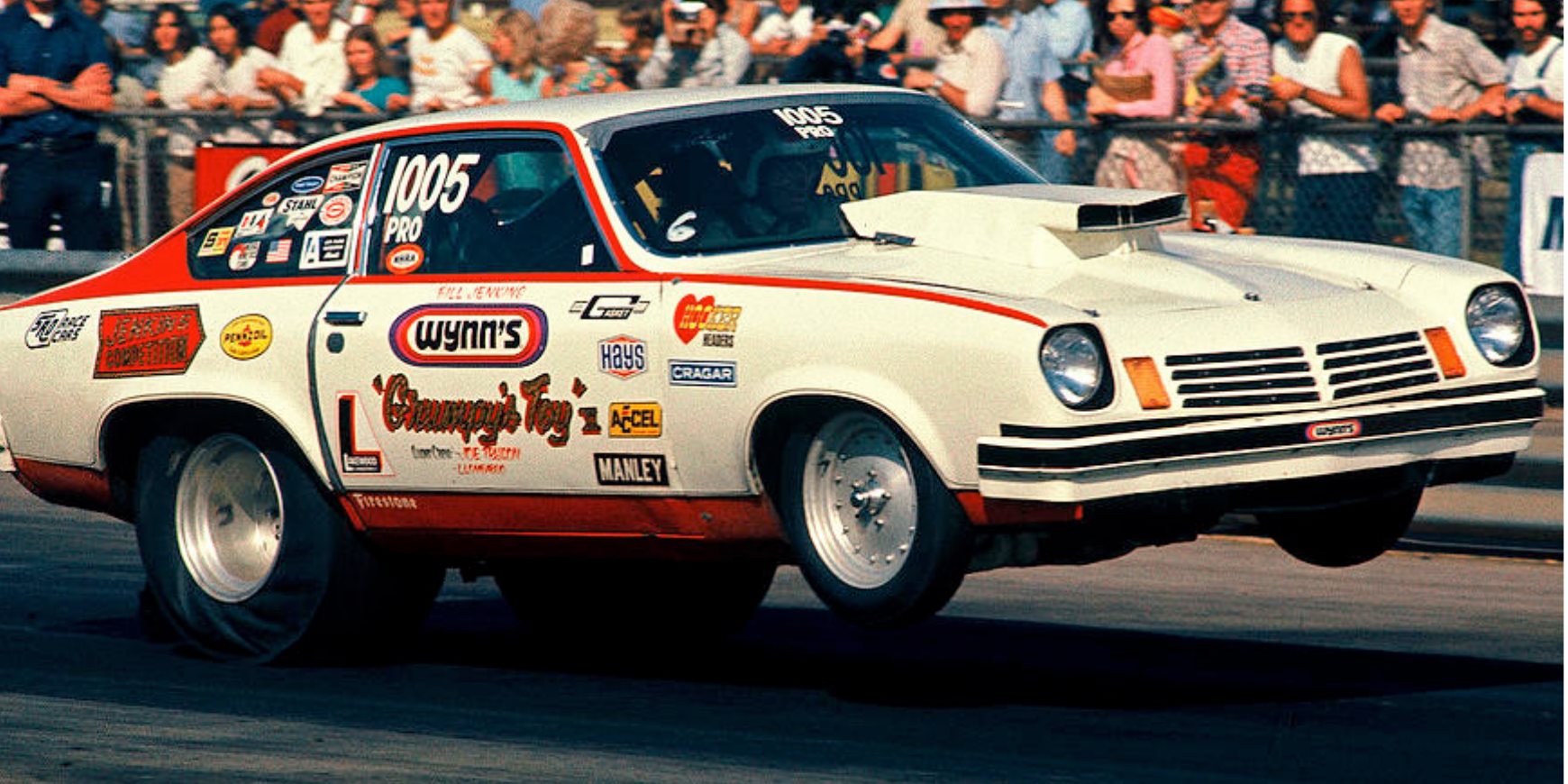 I had about eight months to put it together and started planning as soon as I got home. The first challenge was to tell Larry and my confidante and racing buddy Bob Hall about this plan. When they finished laughing, and I laid out the numbers, they tempered their feelings a little and even began to ask some productive and optimistic questions. I felt then that I had them in my corner at least. I waited until about May to start calling drivers because I didn’t want to let the cat out of the bag too early about this race. I started by leaning on every driver I would traditionally book into a regular show during the season, telling them that they were needed for a special private event on that Monday night. I felt that once I dropped those names to the other top drivers, especially the West coast and midwest guys, they would probably buy into the deal.
I had about eight months to put it together and started planning as soon as I got home. The first challenge was to tell Larry and my confidante and racing buddy Bob Hall about this plan. When they finished laughing, and I laid out the numbers, they tempered their feelings a little and even began to ask some productive and optimistic questions. I felt then that I had them in my corner at least. I waited until about May to start calling drivers because I didn’t want to let the cat out of the bag too early about this race. I started by leaning on every driver I would traditionally book into a regular show during the season, telling them that they were needed for a special private event on that Monday night. I felt that once I dropped those names to the other top drivers, especially the West coast and midwest guys, they would probably buy into the deal.
I already had the promotion plan started in my head that first night. I would begin with a teaser in March in our Dragline newspaper which had a big circulation in our market area. I would list a date for a very special event and intentionally not mention that it was on a Monday just to see if anyone picked up on it. The first ones to tell me I must have made a mistake in the schedule were employees and vendors. Then I started hearing from some racers and fans that there was a misprint in our schedule. PERFECT. I wanted that to happen for shock value and to create ‘buzz’ for the event. I began hammering away at the concept that this was a race “So Big” it could only be held on this one night of the year and at this one location. All my pre-race advertising pitched it precisely this way, intentionally leaving it to the imagination of the audience as to the scope of the show. I felt I couldn’t use any big names in the advertising since I wasn’t paying any “guarantee money” for their appearances. That would be unethical, and I knew that it would not take long for the word to get out and I would have to pay everyone. That would not be feasible for this event.
This sales pitch was partly true. It might be an even bigger Pro Stock event than the SummerNationals because it could include every one of the drivers at that event PLUS many of the high-quality, independent drivers who didn’t follow that circuit. I was gambling that this would be the case, and I wouldn’t lose credibility with my audience. That’s exactly what happened. By late June when I started getting calls from drivers I didn’t know to ask if they could “get in” on the event, I felt confident I would have a field of cars that would stun the fans. I said the name was The US Pro Stock Open and it was “open” to all comers.
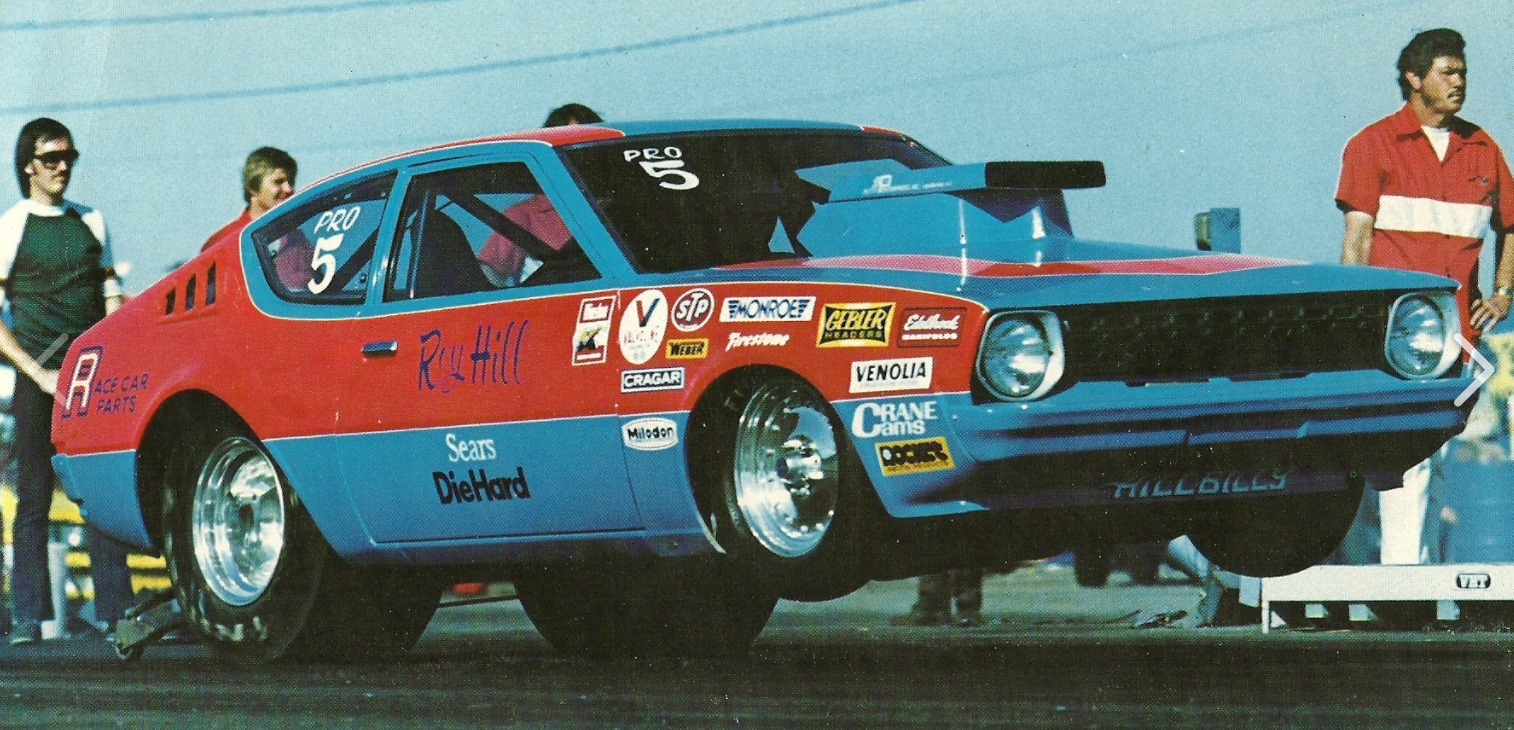 The worry of whether I could back up my idea with a big crowd was still a question mark. It was, after all, a Monday night. I tried to ease Larry’s concerns by pitching the idea that we only needed a little more than 1500 paid admissions to break even. Even if we didn’t do that, I felt we would gain enough publicity in the racing magazines to establish MIR as a real force in the business. I made sure to invite every racing journalist I could reach to get an “exclusive” on this race. I remember recruiting our favorite photojournalist Francis Butler to help talk it up with the other magazine writers. Up to that time, we were just another one of the dozen or so race tracks within a two or three-hour radius of Washington, DC, which had become the most competitive and concentrated drag racing market in the country.
The worry of whether I could back up my idea with a big crowd was still a question mark. It was, after all, a Monday night. I tried to ease Larry’s concerns by pitching the idea that we only needed a little more than 1500 paid admissions to break even. Even if we didn’t do that, I felt we would gain enough publicity in the racing magazines to establish MIR as a real force in the business. I made sure to invite every racing journalist I could reach to get an “exclusive” on this race. I remember recruiting our favorite photojournalist Francis Butler to help talk it up with the other magazine writers. Up to that time, we were just another one of the dozen or so race tracks within a two or three-hour radius of Washington, DC, which had become the most competitive and concentrated drag racing market in the country.
We hammered away with our newspaper promotions and blitzed the radio stations with our usual brand of hi-octane commercials repeating and reminding fans that this was a once in a lifetime MONDAY event. All we could do after that was keep our fingers crossed.
I scheduled the track to open at 3 PM on that first day figuring that nobody would get there until after work and told Larry to be there early so we could prepare. I thought our regular employees would probably be late and we would have to do some of the setups ourselves. Larry lived only about 20 minutes from the track and at the time I lived in Great Falls, Virginia, about a 90-minute drive. Larry decided to get there early to take care of a few chores he wanted to do. I remember him calling me at around noon in a panicked voice telling me to get my butt there right away because when he arrived there was already a mile-long line of cars on the shoulder of the road waiting to get in. I was probably in shock on that ride because I have always been a stickler for punctuality and having things ready for fans and racers, I didn’t know what to think. Could this be one of those cases of ‘Be careful what you wish for because it might come true?’
It turned out to be a Woodstock type event that stunned us all. I don’t know if people showed up to see the greatest drag race ever, or to see me bomb. But they came, and came, and came. By 6 PM, two hours before showtime, our parking lots were filled. People were abandoning cars on the shoulders of surrounding roads and walking to the entry gate. We made great friends with all the adjoining farmers when they happily filled their fields with cars at $10 each just to park and hike to the track. At one point when the walk-up line was a couple hundred yards long, Larry even drafted our lawyer into service. I think he came just to see if we would be calling to file for bankruptcy the next day. He thought we were nuts, too.
We will never know for sure how many people were actually there because Larry ran out of tickets by 8 PM and people were still filing in at 10 PM on that amazing night. When he radioed me asking what to do when he ran out of tickets I told him just to smile, take the money and ask them to hurry up and find a place to stand before he decides to lock the gate.
 The show itself was a smashing success. There were more pro cars in the pits than I had ever seen in one place battling for the 16 qualifying spots. ETs and speeds were spectacular, as usual, at the near sea-level track. Roy Hill won that inaugural event and the racing magazines have chronicled it very well. Virtually everybody was there, and some who were nobody and became somebody I actually felt guilty in the wee hours of the morning following the race when it came time to pay the drivers. I think they all figured there might be 20 or so cars show up and they would surely at least get the qualifying money. I knew then that this was going to become an annual event and I wanted to make sure I could get drivers to come back again. I was right about that. We immediately began expanding the facility, and the US Pro Stock Open played to even bigger crowds on those Monday nights in July until we retired. The format of the race has changed since then because the nature of the class and the National event demands have required it, but the event still thrives.
The show itself was a smashing success. There were more pro cars in the pits than I had ever seen in one place battling for the 16 qualifying spots. ETs and speeds were spectacular, as usual, at the near sea-level track. Roy Hill won that inaugural event and the racing magazines have chronicled it very well. Virtually everybody was there, and some who were nobody and became somebody I actually felt guilty in the wee hours of the morning following the race when it came time to pay the drivers. I think they all figured there might be 20 or so cars show up and they would surely at least get the qualifying money. I knew then that this was going to become an annual event and I wanted to make sure I could get drivers to come back again. I was right about that. We immediately began expanding the facility, and the US Pro Stock Open played to even bigger crowds on those Monday nights in July until we retired. The format of the race has changed since then because the nature of the class and the National event demands have required it, but the event still thrives.
I thought back on that night to an important lesson my Dad taught me. He said that there was only a two-dollar difference between the best boss in the world and the worst boss that everyone would hate. (He used some more colorful language). If you promise someone $100 to do a job and you only give them $99 when they finish you’re a jerk, and they will hate you for it. But if you give them $101 for the job you are the best guy in the world and when you need them again they will be there for you. I paid every non-qualifier there some unexpected money to cover travel expenses and thanked them. I added a bonus for the qualifying drivers to take their crew to dinner, on me as long as they didn’t make a nuisance of themselves during the event. I maintained that policy throughout my career at the track, and I know that it paid dividends when I needed favors from drivers or needed prime dates for them for my shows. The norm in this business was for promoters to try to short change their drivers, and I was the victim of that on more than one occasion when I raced my cars around the country. I didn’t want to be that guy or to have that reputation.
I will always remember Herb McCandless, a great driver who was at the wheel of one of legendary Brooklyn Heavy’s cars, telling me on the starting line that this was the most amazing thing he had ever seen. He said “Look at this place. You’re going to become a millionaire tonight. This is bigger than Englishtown.” An exaggeration, of course, but it made me begin to realize what has happening before me entirely.
And yes, I saw the promoter that told me I was a F-ing nut in the grandstands that night and he never came to say hello. I guess he came to watch the promotion die that night. I’m not sure, but I’ll bet that he stopped coming after a dozen or so of those Monday night smash hits. He probably thought to himself, “If I had only picked Wednesday night.” Oh, that reminds me of another story.




























